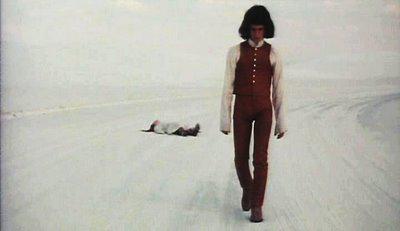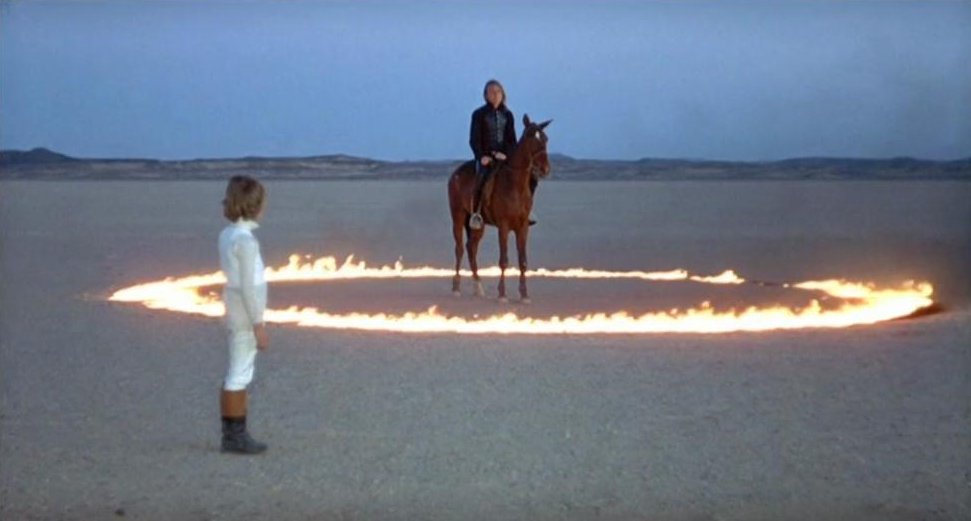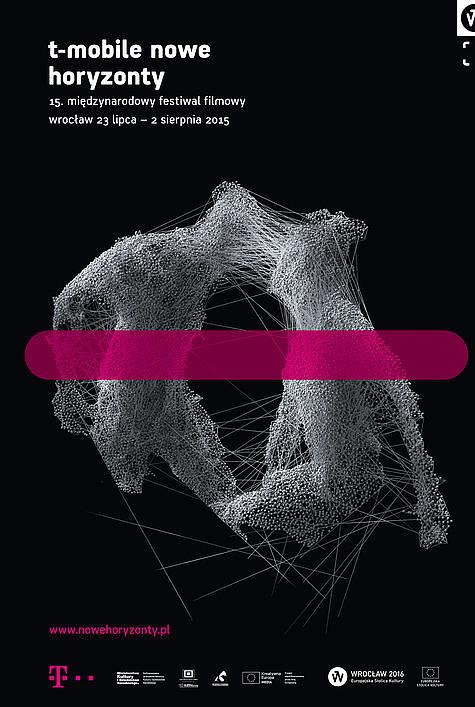Synopsis
In unusual Icelandic and Egyptian landscapes, the wandering of a woman who speaks English and German, and of two men, one dressed in the latest fashion and the other naked, simply holding a quiver and a sword, and a baby deposited on a white fur, on a distant and cold planet.
Credits
Director (1)
Actors (6)
Production and distribution (2)
- Executive Producer : Zanzibar
- French distribution : Capital Films
Full credits (8)
- Adaptation : Nico
- Screenwriter : Philippe Garrel
- Director of Photography : Michel Fournier
- Music Composer : Nico
- Editor : Philippe Garrel
- Sound recordists : Antoine Bonfanti, René Levert
- Producer : Sylvina Boissonnas
- Camera Operator : François About
Watch this movie
Watch Inner Scar in VOD
| Platforms | Model | Price | Quality |
|---|
Sorry, your search returned no results.
| Platforms | Model | Price | Quality |
|---|
Sorry, your search returned no results.
| Platforms | Model | Price | Quality |
|---|
Sorry, your search returned no results.
| Platforms | Model | Price | Quality |
|---|
Sorry, your search returned no results.
Technical details
- Type : Feature film
- Genres : Fiction, Experimental
- Production language : French, English, German
- Production country : France (100.0%)
- Original French-language productions : Unspecified
- Nationality : 100% French (France)
- Production year : 1972
- French release :
- Runtime : 1 h
- Current status :
- Visa number : 37.644
- Approval : Unknown
- Color type : Color
Box-office & releases
Box Office
This content is for registered users only.
Are you a member? Please login to view content.
International releases
| Country | Distributor | Buyer | Release date | Titre local |
|---|
Sorry, your search returned no results.
News & awards
Selections (2)
About
Among the very few new talents in the New York Film Festival, the young Frenchman Phillipe Garrel is on several counts the newest. An avant-garde filmmaker who began directing movies while still in his teens, he was only 22 in 1970, when he made "Inner Scar," which played last night in Alice Tully Hall.
Inner Scar features Pierre Clementi (nude) and the Andy Warhol superstar Nico (dressed in a loose robe) and a few others, including Phillippe Garrel. Clementi speaks French; Nico sometimes complains in English and sometimes declaims in German verse, and sometimes sings for musical background on the soundtrack. There are no subtitles.
The people, never more than two at a time, move through a variety of landscapes from glacial to nearly tropical—but that are always, in some manner, desert. The people may walk or run or ride a horse, or drive a flock of sheep or even sail a little boat—but almost always they are in movement. At some level I suspect there is a story in which Clementi, carrying bow and arrows and wielding a sword, comes as king or savior or avenging angel to Nico in the wilderness, and then disappears without satisfying her complaint. But the story is very obscure.
Much of the time the landscape seems reduced—even self-consciously reduced—to the four elements of earth, air, fire and water. It conveys the feeling of a space unreal in the way, say, that the landscape of the Krazy Kat comic strip was unreal. And as if it were in a comic strip or cartoon, the landscape supports images and gestures of great stylishness and wit.
Inner Scar is sometimes very funny, and it is a humor—usually concerning the indignities suffered by an unhappy Nico spurned — that grows out of, and depends upon, the incongruity of human finiteness seen against the vast perspectives of the film's natural world.
In such stark, unyielding simplicity there is surely a good deal of pretension. But I think there is also some achievement, and irony, and an implicit appreciation of the ridiculousness of sticking a couple of people out in the middle of nowhere (in fact, several strange locations, including Iceland) to perform symbolic drama.
Compared with the desert journeys of Alexandro Jodorowsky— Fando and Lis, El Topo — Inner Scar seems downright civilized. Not a movie you can exactly warm up to, and no startling breakthrough in screen art either—but a very interesting and restrained experiment in visual rhetoric, in minimal gesture, in setting some highly abstract patterns of human behavior in the midst of a curiously agreeable wilderness.
© Roger Greenspun ("The New York Times" Oct 7, 1972)
---
Garrel's symbolic-experimental film leaves a strong impression, despite its many discomforting flaws. The film begins with Nico and Garrel (lovers in real life) walking in a barren desert and fighting with each other. Something or another happens to Garrel, and then Nico and what little plot there is wander off into new exotic landscapes and allegorical opacity. Much of the film is undeniably silly, from the heavy-handed symbolism to Pierre Clémenti running around naked for half of the film. But the magnificent cinematography and Garrel's long, circular tracking shots work to hollow out the film's symbolic-allegorical tendencies. The film visually abstracts (or is it concretizes?) and explores a set of relations between individuals and the manner in which individuals interface with their milieu. Except for a handful of lines, the soundtrack consists solely of environmental ambiance and Nico's songs, the latter perhaps unintentionally also overriding the narrative's meaning through their desolate beauty.
Source : http://retentionalfinitude.blogspot.fr/
---
"You must not look at this film and ask yourself questions, you must look at it in the same way as you might enjoy walking through the desert. The film consists of traces...and milestones.... It is a film based on the couple. I was very convinced of the camera's subjectivity, but now I believe more in the subjectivity of the direction. At that time I was trying to be very creative in my images. Now I realize that it's better to worry about telling a story rather than to get involved with the camera. The camera is an accidental element." Philippe Garrel
A spectacularly mysterious exploration of emotional dynamics generated between archetypal man and woman, played by Nico and Garrel himself. Bringing imagery from Ingrés and the Symbolist tradition to the Egyptian desert--among other locations--Garrel pans and tracks, delighting in this exotic landscape's rich play of light, as he re-enacts modern-day versions of Greek myth and Arthurian legends about the Grail Quest. With Pierre Clémenti.
Source : centreimage.ch








































